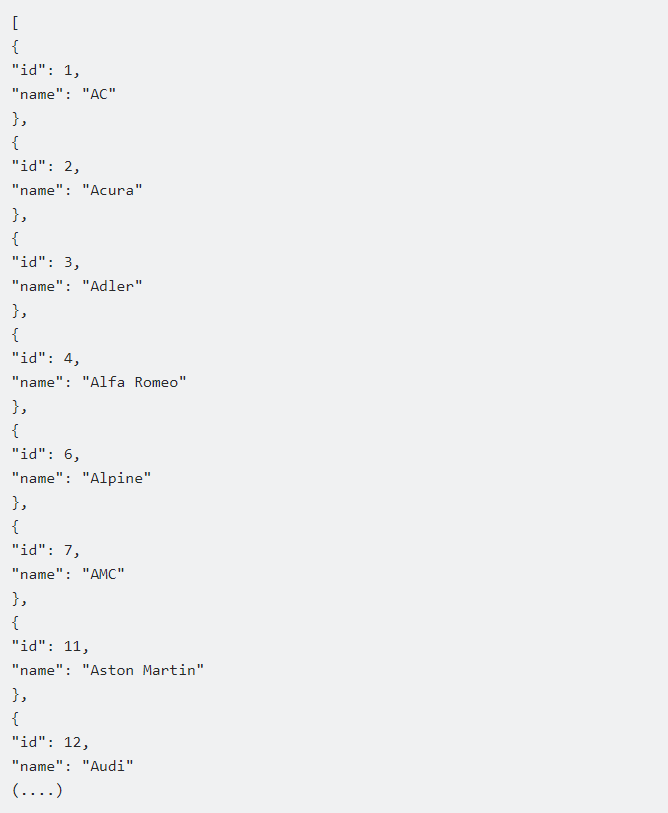The evolving landscape of a car data API in 2024 paints a vivid picture of how the automotive industry harnesses the power of data to shape the future. At the heart of this transformation lies the realization that car data matters more than ever. But what makes these APIs the driving force behind this revolution, and how do they work? In this exploration, we delve into the fascinating world of APIs, unlocking the secrets of their operation and uncovering their applications across various industries.
Demystifying A Car Data API: A Bridge to the Digital Vehicle World
Car data APIs serve as the gateway to a digital realm where vehicles reveal their innermost secrets. They bridge the gap between physical cars and the vast universe of data, offering a direct line of communication to tap into a wealth of information.
The Mechanics of Data Retrieval: Unlocking the Technology
To grasp the essence of APIs, we need to venture beneath the surface and explore the technology that powers them. At their core, these APIs are sophisticated tools for retrieving and delivering car-related data with astonishing precision and speed.
The magic begins with the sources of data. A Car Data API taps into a constellation of sources, from manufacturer databases to real-time telemetry data streaming from vehicles on the road. This amalgamation of data is the foundation upon which the APIs operate.
As technology evolves, businesses need to future-proof their car data solutions to remain competitive and efficient. Staying abreast of the latest advancements in a car data API is essential for long-term success.
Vehicle Specs Database API
The Vehicle Specs Database API will be of great use to anyone looking for accurate, reliable, and up-to-date information on virtually all automakers and models. Programmers, auto enthusiasts, and anybody else who needs to access vehicle data must use this API since it is quick, clear-cut, and easy to use.
One of the crucial features of the Vehicle Specs Database API is its speed. With the use of a swift and efficient API, users may obtain automobile data quickly and easily without the need for difficult queries or laborious manual searches. This makes the API ideal for programmers who need to include automobile data into their work or for car enthusiasts who want to quickly access information about their favored vehicles.
In this case, the “Get Makers” endpoint returns a list of all automakers that are reachable via the API. An API request will return a response that resembles something like this:

To access this API, you must first register on the website. To begin, select “START FREE TRIAL” from the menu. You should start making API calls right away. Following the processing of your inputs, you will receive a file in one or more formats containing the necessary data.
In general, anyone who wishes to obtain automotive data should use the API. This API makes it quick and simple to find information on practically all automobile brands and models, enabling users to construct tools and applications that rely on current and accurate vehicle data as well as make informed decisions about their cars. The Vehicle Specs Database API is a crucial tool for programmers, auto enthusiasts, and anybody else who wants to stay current on the most recent automobile standards.



